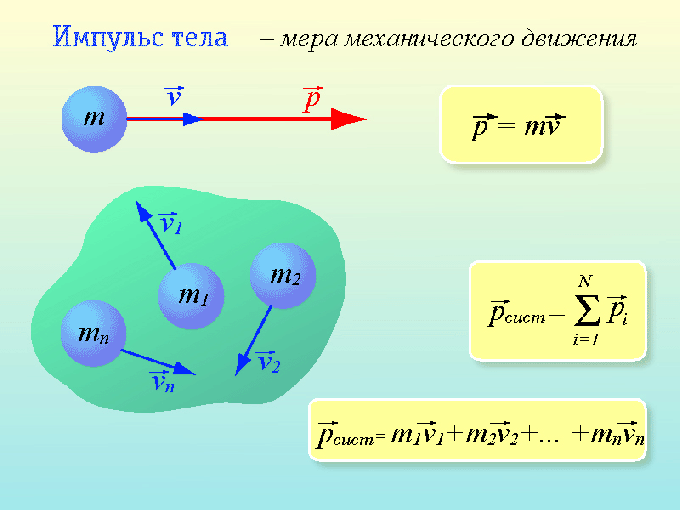You will need
- — scales;
- speedometer or the radar;
- — dynamometer;
- calculator.
Instruction
1
Determine the mass of a body with weights in kilograms. Measure its speed. Do this with the speedometer or special radar in meters per second. Calculate the momentum of the body p as the product of its mass m to the velocity v (p=m∙v). For example, if the speed of the body is 5 m/s and its mass is 2 kg, the momentum is p=2∙5=10 kg∙m/s.
2
More important is the ability to find the change in momentum of the body, since momentum is a characteristic of the impact in which this value is changed. To find the change in momentum of the body, subtract the final momentum from the initial, considering that the magnitude of this vector. Thus, the change in the momentum of bodies is equal to the vector Δp, which is the difference vector p2 (final momentum) and p1 (the initial impulse).
3
If the body does not change direction, in order to find the variation of the pulse, subtract from the finite speed of primary and multiply it to the mass of the body. For example, if the vehicle is moving in a straight line, the rate increased from 20 to 25 m/s, and its mass is 1200 kg, but the change in its momentum will be Δp=1200∙(25-20)=6000 kg∙m/s. If the speed of the body decreases, then the change in its momentum will be negative.
4
If the body changes direction, looking for the difference between the vectors p2 and p1 using the theorem of the cosines or other relations.
5
Example. A ball of mass 500 g is elastically struck a smooth wall at an angle of 60º to the vertical, and his speed was 3 m/s, find the change in its momentum. Since the collision is elastic, the ball will fly away from a smooth wall is also angled at 60º, with the same velocity, 3 m/s to translate the difference in the amount, multiply the vector by -1 p1. Get that Δp is equal to the sum of vectors p2 and –p1. Applying the triangle rule, calculate Δp=√((0,5∙3)2+ (0,5∙3)2-2∙(0,5∙3)∙(0,5∙3)∙cos(60º))=0,5∙3=1.5 kg∙m/s. it is Noteworthy that the module start and end of a pulse in this case is also 1.5 kg∙m/s.
6
If we know the force acting on the body, which is the reason for changing its speed and duration of its action, then calculate the change of momentum as the product of force F on its duration Δt (Δp=F∙Δt). The power measure dynamometer. For example, if the player hit the ball with a force of 400 N, and the time of impact is equal to 0.2 s, the change in momentum of the ball will be Δp=400∙0,2=8000 kg∙m/s.


